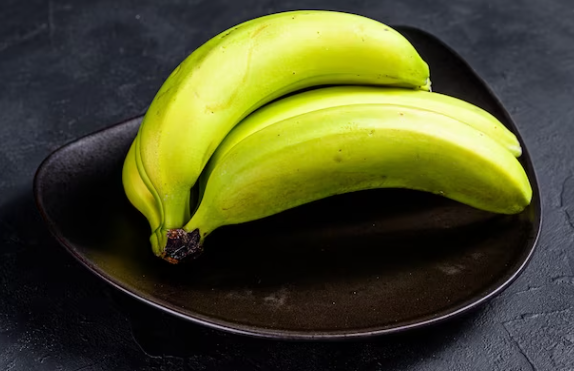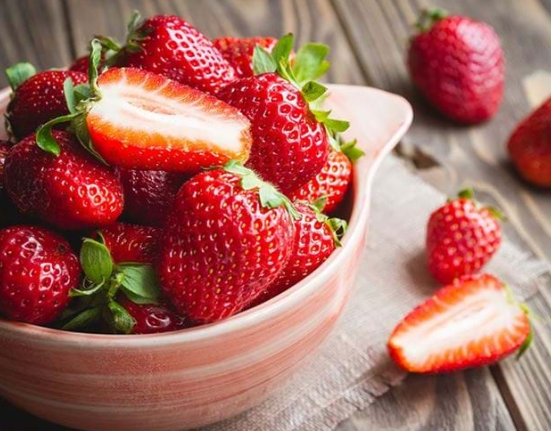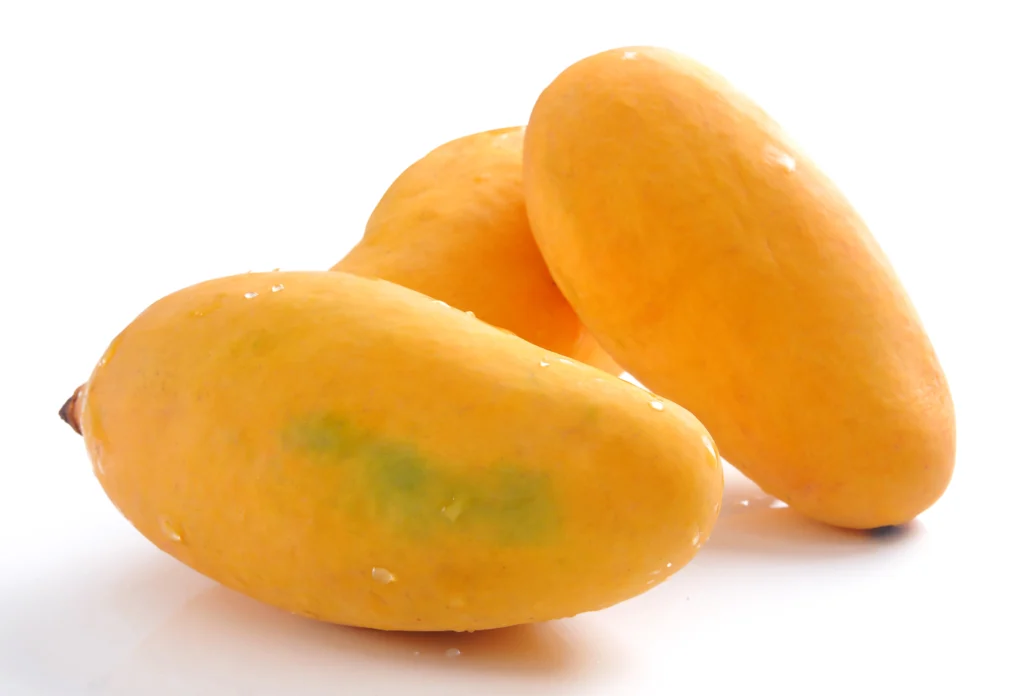Do you want to know the right way to eat a nectarine? These delicious fruits are sweet and full of juice, and you can enjoy them in many ways. This post will guide you on how to properly eat a nectarine so you can relish every bite.
Table of Contents
- Steps to Eat a Nectarine Correctly
- 1. Rinse the nectarine well
- 2. Dry the nectarine off
- 3. See if the nectarine is ripe enough
- 4. Split the nectarine in half
- 5. Take the pit out
- 6. Cut the nectarine into pieces
- 7. Enjoy the nectarine raw or use it in a recipe
- 8. Store remaining nectarine for later
- Nectarine FAQs
- Do You Eat The Peel Of A Nectarine?
- Can You Eat A Hard Nectarine?
- What Part Of A Nectarine Can You Eat?
- How Can You Tell If A Nectarine Is Ripe?
- Are Nectarines Hard On The Stomach?
- Are Nectarines Supposed To Be Crunchy Or Soft?
- How Do You Soften A Nectarine?
- How To Buy The Best Nectarines?
Steps to Eat a Nectarine Correctly

Eating a nectarine is very easy and enjoyable. Here are the steps to have the best nectarine-eating experience:
1. Rinse the nectarine well
Cleaning the nectarine before you eat it is important. It gets rid of dirt, harmful bacteria, and any chemicals that might be on the skin. Washing the fruit makes sure it’s good and safe to eat.
If you don’t wash the nectarine, you could end up eating the unpleasant stuff that might be on the outside of the fruit.
Wash it by holding the fruit under water and gently scrub its skin to get rid of any unwanted particles. This only takes a moment.
2. Dry the nectarine off
Drying the fruit helps get rid of extra water, which makes it easier to eat and cut. Also, a dry nectarine might taste better than a wet one.
Just pat the nectarine with a clean towel or paper towel to dry it. This too is a quick step.
3. See if the nectarine is ripe enough
A ripe but not overripe nectarine is the tastiest. Give the nectarine a gentle squeeze; if it yields slightly, it’s likely just right. You want the skin to be smooth without any marks.
An unripe or overripe nectarine won’t taste as nice. Bruises or cuts on the skin can also change the taste. So pick a ripe and good-looking nectarine.
4. Split the nectarine in half
Cut through the fruit with a sharp knife, starting at the top and going down to the bottom. This lets you remove the stone, or pit, which is in the middle of the fruit.
Without cutting the nectarine in half, it’s tough to get the pit out. Hold the fruit safely and slice it carefully so you don’t hurt yourself.
5. Take the pit out
After cutting the fruit, the pit should come out easily with a twist. If it’s stuck, use a spoon or knife to pry it out. Remember that the pit isn’t for eating and could be a choking risk.
You can use your fingers or a kitchen tool to remove the pit. Just make sure not to squish the nectarine’s flesh.
6. Cut the nectarine into pieces
You can slice the nectarine into wedges or smaller pieces, depending on what you like. Smaller pieces are easier to eat and share.
Use a sharp knife to cut up the nectarine carefully. Watch your fingers during this step.
7. Enjoy the nectarine raw or use it in a recipe
Nectarines can be fantastic on their own or as part of different recipes, such as fruit salads or smoothies.
Eat the fruit as you like. If you want to cook with it, there are lots of recipes. You could add it to salads, blend it into a smoothie, bake it into pies or tarts, or use it to top yogurt or oatmeal. Nectarines add a sweet touch to lots of dishes, so feel free to experiment.
8. Store remaining nectarine for later
Store leftover nectarine pieces in the fridge to keep them fresh. Wrapping them in a paper towel and putting them in a plastic bag helps absorb moisture and stops them from getting soggy.
If you have many nectarines, you can freeze them. Cut the fruit up and put it in a freezer-safe container. Thaw them when needed, or toss them into recipes frozen.
Freezing is a smart way to keep nectarines longer, especially if you think you won’t finish them before they spoil.
Nectarine FAQs
Got more questions about nectarines? We might have the answers you’re looking for!
Do You Eat The Peel Of A Nectarine?
Most people don’t eat the nectarine peel because it’s not very tasty when raw and can be tough. It might also have unhealthy stuff on it like pesticides. If you really want to eat the peel, you have to wash the nectarine really well. Some folks cook the peel in recipes like jam, but most people don’t eat it by itself.
To be sure the peel is clean, scrub the nectarine under water to wash off any dirt or bad things that might be on it. Remember, it’s not usual to eat the peel raw, but it’s okay if you like it that way and the nectarine is clean.
Can You Eat A Hard Nectarine?
Eating a hard nectarine isn’t a good idea. They taste the best when they’re ripe and have a little squishiness when you poke them. Hard ones might not be ripe yet, so they won’t taste as sweet.
If you bite into a hard nectarine, it might be tough and not yummy. But if you’ve already got one, just leave it out on the counter for some days, or put it in a brown paper bag with an apple or banana. These fruits give off a gas that can make the nectarine ripe and softer, which makes it taste better. It’s usually best to wait until it’s ripe to enjoy it.
What Part Of A Nectarine Can You Eat?
The part you eat is the juicy, sweet inside. A lot of people don’t eat the skin because it can be hard and might have stuff like pesticides on it.
To eat a nectarine, cut it in half, take out the stone in the middle, and slice up the fruit. Then, you can munch on it fresh or use it in different recipes like fruit salads or drinks. If you don’t like the skin, it’s okay to peel it off before you eat it—some do, some don’t.
How Can You Tell If A Nectarine Is Ripe?
You can look for a few things to see if a nectarine is ready to eat:
1. Color: A ripe fruit will have a rich yellow or orangey skin, not green or pale.
2. Softness: A ripe nectarine should feel a bit soft when you press it, but it shouldn’t be too squishy.
3. Scent: It should smell nice and sweet.
4. Taste: When you eat it, it should be delicious and super juicy.
If you’re not sure, gently press near the stem or at the bottom. If it feels slightly soft at either end, it’s probably ripe. If it feels too hard, it might need some more time to get perfect.
Are Nectarines Hard On The Stomach?
Nectarines are usually easy on the stomach and a healthy thing to eat because they’ve got stuff like fiber and vitamin C. They’re good for everyone to enjoy.
But, just like with any food, some folks might feel a bit uncomfortable in their tummies after eating them. This could be because everyone’s different, or maybe there’s something in the fruit that doesn’t agree with them.
If you’re not sure how nectarines will make you feel, eat a little bit to start, and see how you do. If you get a stomachache after eating them, maybe it’s better to skip them or just have a little at a time.
Are Nectarines Supposed To Be Crunchy Or Soft?
The best nectarines are usually ripe and feel a little soft when you gently squeeze them. A ripe one will be tender but still keep its shape. If it’s really hard, it’s not ripe yet and won’t taste as it should.
If a nectarine is too squishy or mushy, it might be too ripe and not as tasty. Typically, nectarines aren’t crunchy. Some types might be firmer than others, but overall they should be more soft than crispy.
How Do You Soften A Nectarine?
Got a nectarine that’s too hard? Just leave it out in the room for a couple of days to get it softer and sweeter. Or put it in a paper bag with a banana or an apple. These fruits let out a gas called ethylene that helps the nectarine ripen faster.
If you can’t wait and need it soft right away, you could microwave it for a bit on a low setting. But be really careful: microwaving can make it mushy or ruin the taste if you do it too long.
How To Buy The Best Nectarines?
When you’re looking for great nectarines, here’s what to do:
1. Check if they’re ripe: Look for a deep yellow or orange color. They should be a bit soft but not falling apart.
2. Avoid any with bad spots: Pick nectarines without bruises or marks because these can mean they’re not fresh or got banged up.
3. Sniff for a sweet smell: A ripe nectarine will smell really sweet. If you can’t smell anything, it might not be ripe or a good one.
4. Get them in season: In the United States, they’re best from May to September because that’s when they’re in season. Fruit picked at the right time tastes better.
Also, choose nectarines that are the right size and shape. You want ones that feel firm and look smooth all over. Stay away from the tiny ones or the ones that look weird—they might not taste that good.









